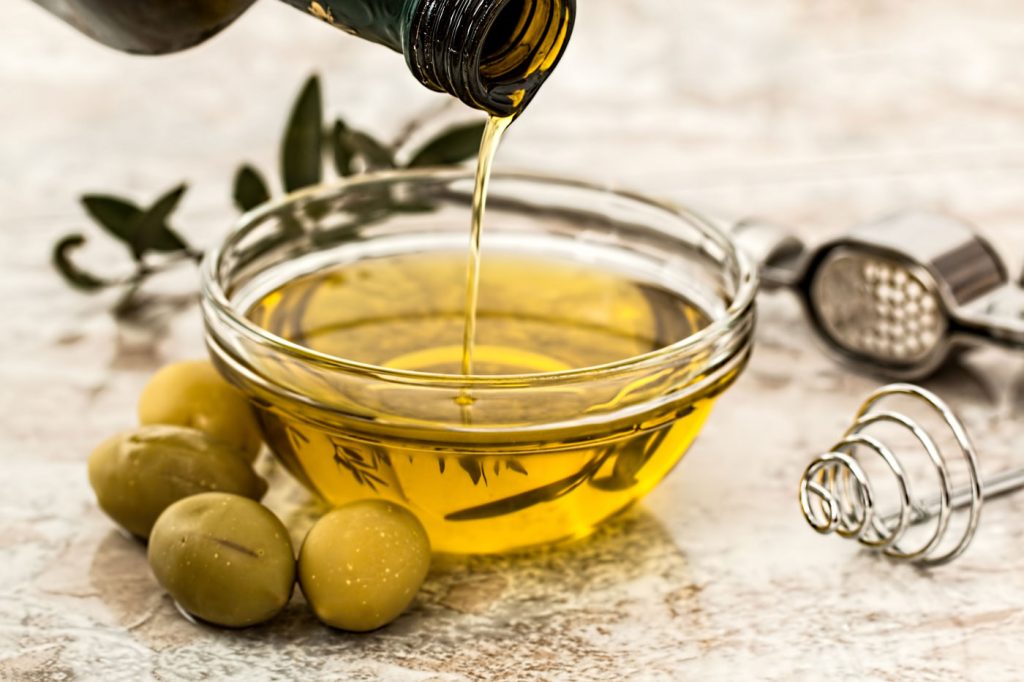Delta Food Feature: Olive Oil
Just as California’s wine industry set itself apart from the rest of the world in the 1970s, the state’s olive oil Industry is breaking new ground with the adoption of olive oil grading and labeling standards specific for California produced olive oil. Quality standards of extra-virgin olive oil sold in California have been in doubt since 2010 when UC Davis Olive Center reported finding 69% of imported olive oil samples and 10% of California olive oil samples labeled as extra-virgin failed to meet international standards for extra-virgin olive oil. While these findings have not been without controversy, California has forged ahead to support the sustainability and success of this growing agricultural product.
The Olive Oil Commission of California was created in January of 2014 in part to address fraudulent practices and help consumers make more informed choices when it comes to the quality and flavor of their olive oil. While the grading standards are more likely of interest to the true connoisseur (and any food scientist); the labeling standards must indicate the specific grade of the product. Thus, for the rest of us, the hierarchy for grades of virgin olive oil is extra-virgin, virgin olive oil and virgin olive oil not fit for human consumption, or olive oil which must be refined before consumption. The UC Davis Olive Center advises consumers that a quality extra virgin olive oil should smell and taste fresh. The taste might include descriptors such as grassy, apple, green banana, artichoke and herbaceous. One might also taste a bitterness and spiciness in extra-virgin olive oil which is an indicative of immune-strengthening antioxidants.
While the countries of Spain, Italy and Greece are leading producers of olive oil, California currently supplies less than 3% of olive oil consumed in the US. But the times are a-changin. Production of olives for olive oil in California has increased from 5,00 tons in 1999 to 74,000 tons of olives in 2012. In Yolo County, harvested acreage for olive oil went from 2,131 acres in 2012 to 7,322 acres in 2014. According to the California Olive Oil Council, there are over 400 growers on approximately 30,000 acres dedicated to the production of olive oil. With over 50 varieties of olives grown in California, it is estimated that the 2013 harvest produced over 2.4 million gallons of oil.
Care Tips for Extra-Virgin Olive Oil
Look for a harvest/milling and or best use date. Remember the freshness diminishes with time so look for a harvest date that’s within a year to 15 months from purchase. Extra-virgin oil should be packaged in dark glass or tin to protect it from light exposure. Light, air and heat accelerate oxidation which leads to the oil going rancid. Oil is best when used up within the first 6 months after opening.
How Olive Oil is Made
During harvest olives are brought to a mill where they are washed with water and separated from leaves and branches. The clean olives head to a crusher where they are ground into a paste. The paste is continually mixed, without heat (cold-pressed) until the oil begins to separate from the paste. The remaining solids are known as pomace. The separated oil is spun in a centrifuge to separate the water from the oil and the result is virgin olive oil.


